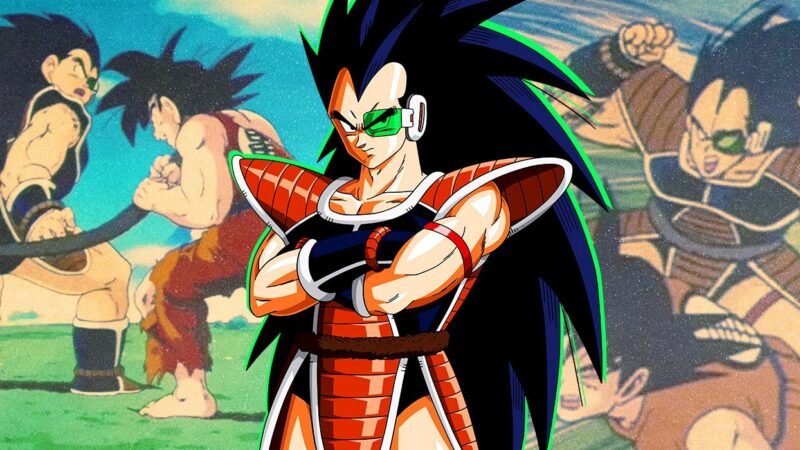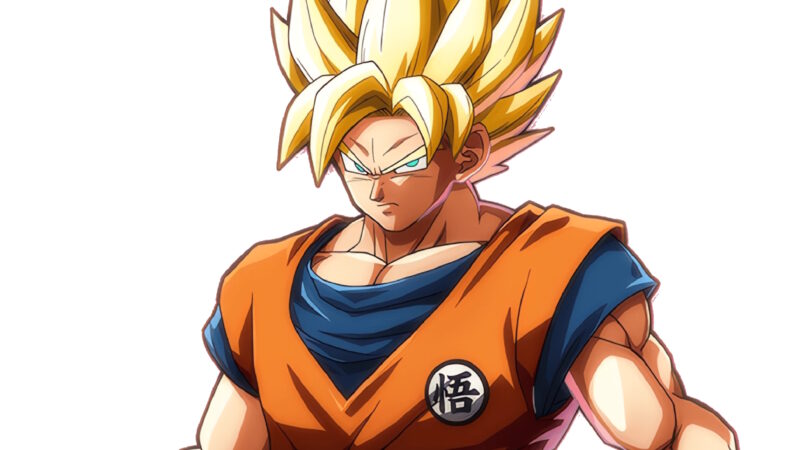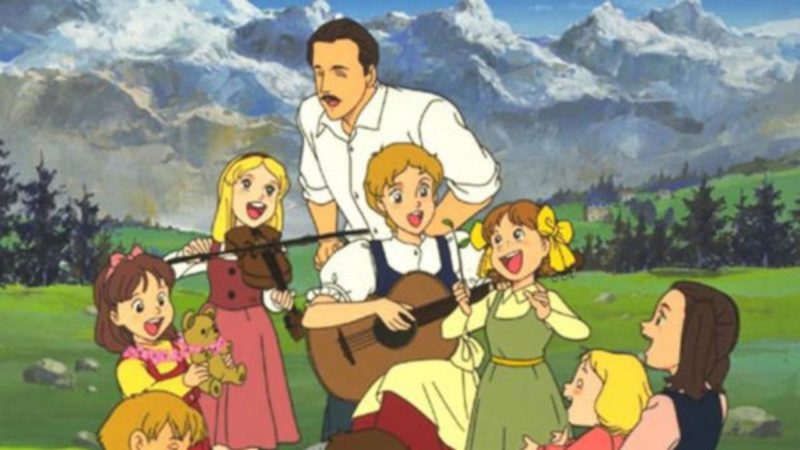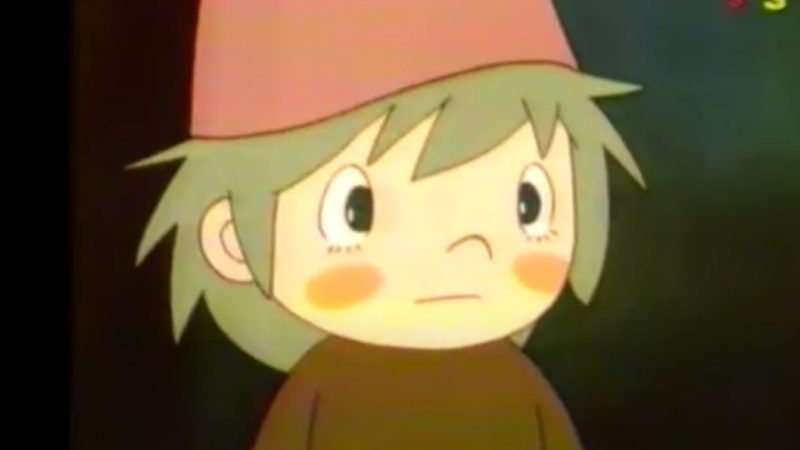Hiroshima Gen - Barefoot Gen - The manga and anime of 1983
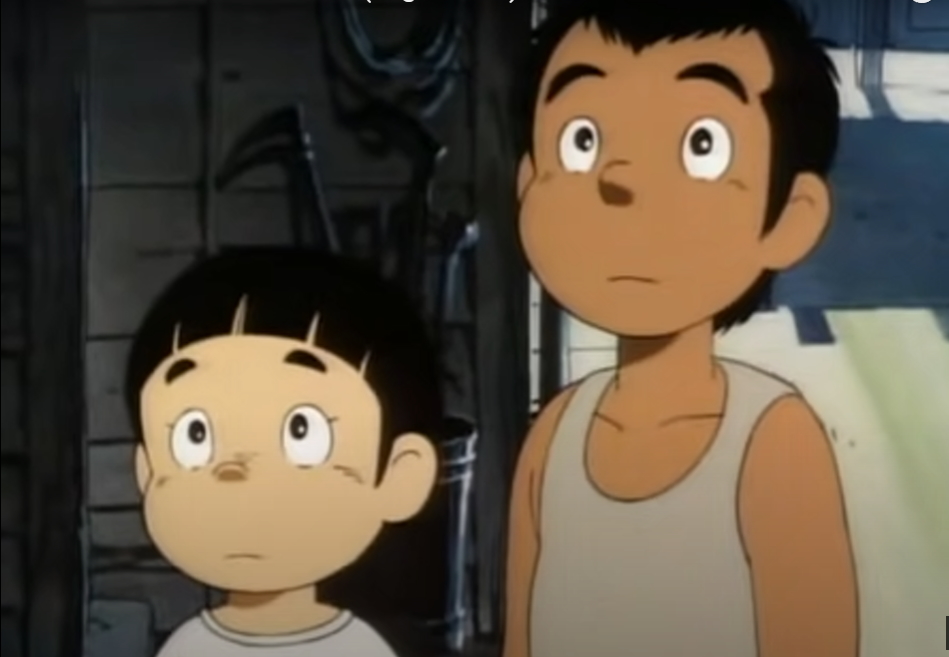
Gen of Hiroshima - (in English Barefoot Gen) (in the original Japanese: は だ し の ゲ ン, Hadashi no Gen) is a Japanese historical manga by Keiji Nakazawa. Loosely based on the experiences of Nakazawa a Hiroshima survivor, the series begins in 1945 in and around Hiroshima, Japan, where six-year-old Gen Nakaoka lives with his family. After Hiroshima is destroyed by the atomic bombing, Gen and other survivors are left to face the consequences.
It was published in several magazines, including Weekly Shōnen Jump, from 1973 to 1987. It was subsequently adapted into three live action films directed by Tengo Yamada, which were released in theaters between 1976 and 1980. Madhouse published two anime films, one in 1983 and one in 1986. In 2007, an adaptation of a live action television series aired in Japan on Fuji TV for two nights, on 10 and 11 August.
Cartoonist Keiji Nakazawa created the feature film Ore wa Mita (translated into English as I Saw It), an eyewitness to the devastation of the atomic bomb in Japan, in the monthly manga Monthly Shōnen Jump in 1972. In the United States it was published via Educomics in 1982.
Nakazawa went on to serialize the longer and more autobiographical Hadashi No Gen (Barefoot Gen) starting with the June 4, 1973 edition of the manga magazine Weekly Shōnen Jump, was canceled after a year and a half and moved to three other less popular magazines. : Shimin (Citizen), Bunka Hyōron (Cultural criticism) and Kyōiku Hyōron (Educational criticism). It has been published in book collections in Japan since 1975.
History
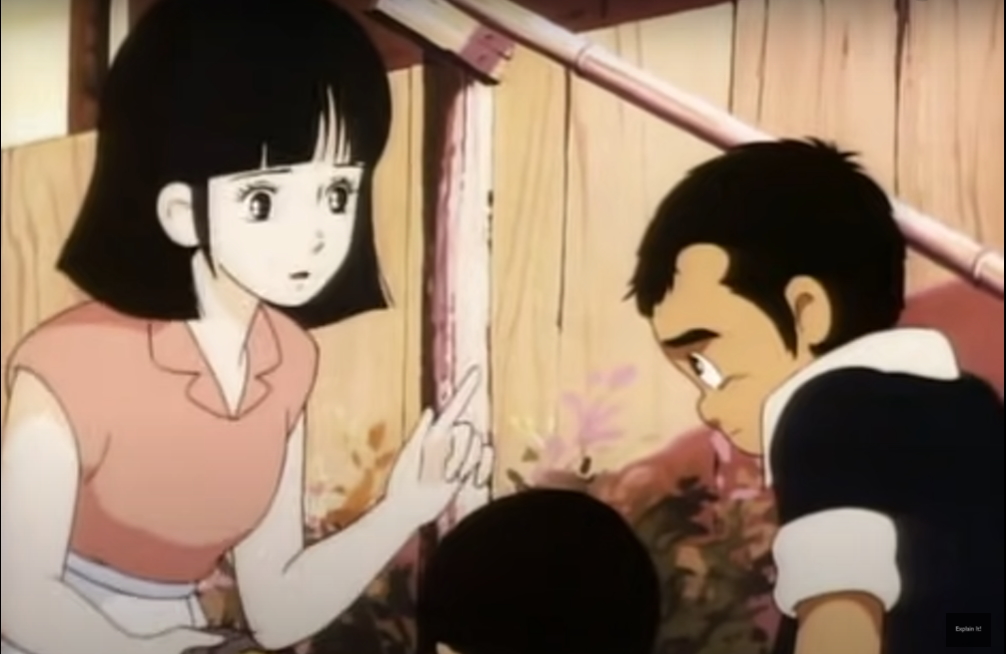
The story begins in Hiroshima during the last months of World War II. Gen Nakaoka, six, and his family live in poverty and struggle to make ends meet. Gen's father, Daikichi, urges them to "live like wheat," which always grows strong despite being trampled on. Daikichi is critical of the war.
When he shows up drunk to a mandatory combat drill and responds to his instructor, the Nakaoka are labeled as traitors and become subject to harassment and discrimination from their neighbors.
To restore his family's honor, Gen's older brother Koji joins the Navy against Daikichi's wishes, where he is subjected to a brutal training regime by his commander and loses a friend who killed himself due to that is. On August 6, the atomic bomb was dropped on Hiroshima. Gen's father and brothers die in the fires, but he and his mother escape. The shock causes her to give birth prematurely; Gen's new sister is called Tomoko.
In the days following the bombing, Gen and his mother witness the horrors caused by the bomb. Hiroshima is in ruins and the city is filled with people who have died and died from severe burns and radiation sickness. Gen meets a girl named Natsue, whose face has been badly burned. She attempts suicide, but Gen convinces her to continue living.
Gen and his mother adopt an orphan named Ryuta, who coincidentally looks identical to his late younger brother Shinji. After Gen returns to their burned-out house and recovers the remains of his father and brothers, he and his family move in with Kime's friend Kiyo. However, Kiyo's miser-in-law conspires with her spoiled grandchildren to drive out the Nakaoka.
Gen seeks work to pay the family's rent. A man hires him to look after his brother Seiji, who has been burned from head to toe and lives in squalor. Although Seiji is reluctant at first, he warms up with Gen over time: the boy discovers that Seiji is an artist who has lost the will to live because his burns have made him unable to hold a brush. With Gen's help, Seiji learns to paint with his teeth but eventually dies from his injuries. On August 14, Emperor Hirohito announces Japan's surrender on the radio, ending the war.
After the surrender of Japan, the American occupation forces arrive to help the nation rebuild itself. Gen and Ryuta, fearing the rumors they have heard about the Americans, arm themselves with a pistol they find in an abandoned weapons warehouse.
They find that Americans aren't as bad as they thought when they get free candy, but they also witness a group of American soldiers harvesting organs from corpses for medical research.
Kiyo's mother-in-law evicts the Nakaoka after Gen quarrels with his grandchildren, and they move to an abandoned bomb shelter. Gen and Ryuta try to earn money to feed Tomoko by making contact with the local Yakuza. After the Yakuza betrayed them, Ryuta kills one of them with the gun they found and becomes a fugitive. Later, Gen learns that Tomoko has been kidnapped. He finds her with the help of a classmate, only to find that she is ill. Tomoko dies shortly after.
In December 1947, Gen reunites with Ryuta, who has become a juvenile delinquent, doing odd jobs for the Yakuza. Meet Katsuko, a girl scarred from burns from the bomb. As an orphan and a hibakusha, she is subject to discrimination and cannot go to school; Gen lends her his books and teaches her himself.
Theme



The main themes of the work are power, hegemony, resistance and loyalty.
Gen's family suffers like all warring families. They must behave like true members of society, as all Japanese are instructed to pay homage to the emperor. But due to the belief that their involvement in the war is due to the greed of the wealthy ruling class, Gen's father rejects military propaganda and the family is treated as a traitor.
Gen's family struggles with their bond of loyalty to each other and to a government that is willing to send teenagers on suicide missions into battle. This back-and-forth relationship is seen many times as Gen is ridiculed in school, mimicking his father's views on Japan's role in the war, and then later punished by his father for telling about things he learned through mechanical brainwashing to school.
Many of these themes are put into a much tougher perspective when portrayed alongside the themes of the struggle between war and peace.
Takayuki Kawaguchi (川口 隆 行, Kawaguchi Takayuki), author of "Barefoot Gen and 'A Bomb Literature' that evoke the nuclear experience," (「は だ し の ゲ ン」 と 「原 爆 文学」 ―― 原 爆 体 験 の 再 記憶 化 を て, from "Hadashi no Gen" to "Genbaku Bungaku" - Genbaku Taiken no Saikiokuka or Megutte) believes that the characters Katsuko and Natsue co-opt but change the stereotypical story of "Hiroshima Maiden", as depicted in Black Rain, as though brave, Katsuko and Natsue are severely scarred both physically and mentally
Films



live-action
In 1976, 1977 and 1980, Tengo Yamada directed three live-action films.
Barefoot Gen (1976)
Barefoot Gen: Explosion of tears (1977)
Barefoot Gen: Part 3 Battle of Hiroshima (1980)
Animation films (anime)
Two animated films were based on the manga, in 1983 and 1986, both directed by Mori Masaki for a production company founded by Nakazawa.
Barefoot Gen (1983)
Barefoot Gen 2 (1986)
Barefoot Gen 2 is set three years after the bomb fell. It focuses on the continued survival of Gen and orphans in Hiroshima.
Initially released individually on dub-only VHS tape by Streamline Pictures, and then dub-only DVD by Image Entertainment, Geneon eventually sold bilingual versions of the film on DVD as a set. On September 18, 2017, Discotek Media announced via Facebook that both films would be arriving on Blu-ray with Japanese and English languages available. The single disc set was released on December 26 of the same year.
Technical data



Manga
Author Keiji Nakazawa
Editor Shūeisha (serialization), Chuokoron-Shinsha (tankōbon)
Magazine Weekly Shōnen Jump, Shimin, Bunka Hyōron, Kyōiku Hyōron
Target shōnen, seinen
1 edition May 22, 1973 - 1987
Tankōbon 10 (complete)
Publisher it. Panini Comics, 001 Editions
1st edition it. 30 1999 December - March 30 2001
Volumes it. 4 (complete)
Anime movie 1983
Hadashi no Gen
Author Keiji Nakazawa
Regia Mori Masaki
Film script Keiji Nakazawa
Char. design Kazuo Tomisawa, Kazuo Tomizawa
Artistic Dir Kazuo oga
Music Kentaro Haneda
1 edition July 21 1983
Relationship 16:9
Duration 83 min
Anime movie 1986
Hadashi no Gen
Author Keiji Nakazawa
Regia Akio Sakai, Toshio Hirata
Film script Hideo Takayashiki
Char. design Akio Sakai, Kazuo Tomizawa
Artistic Dir Masayoshi Banno
Music Kentaro Haneda
Studio GEN Productions
1 edition 14 June 1986
Relationship 16:9
Duration 85 min
Source: https://en.wikipedia.org/

